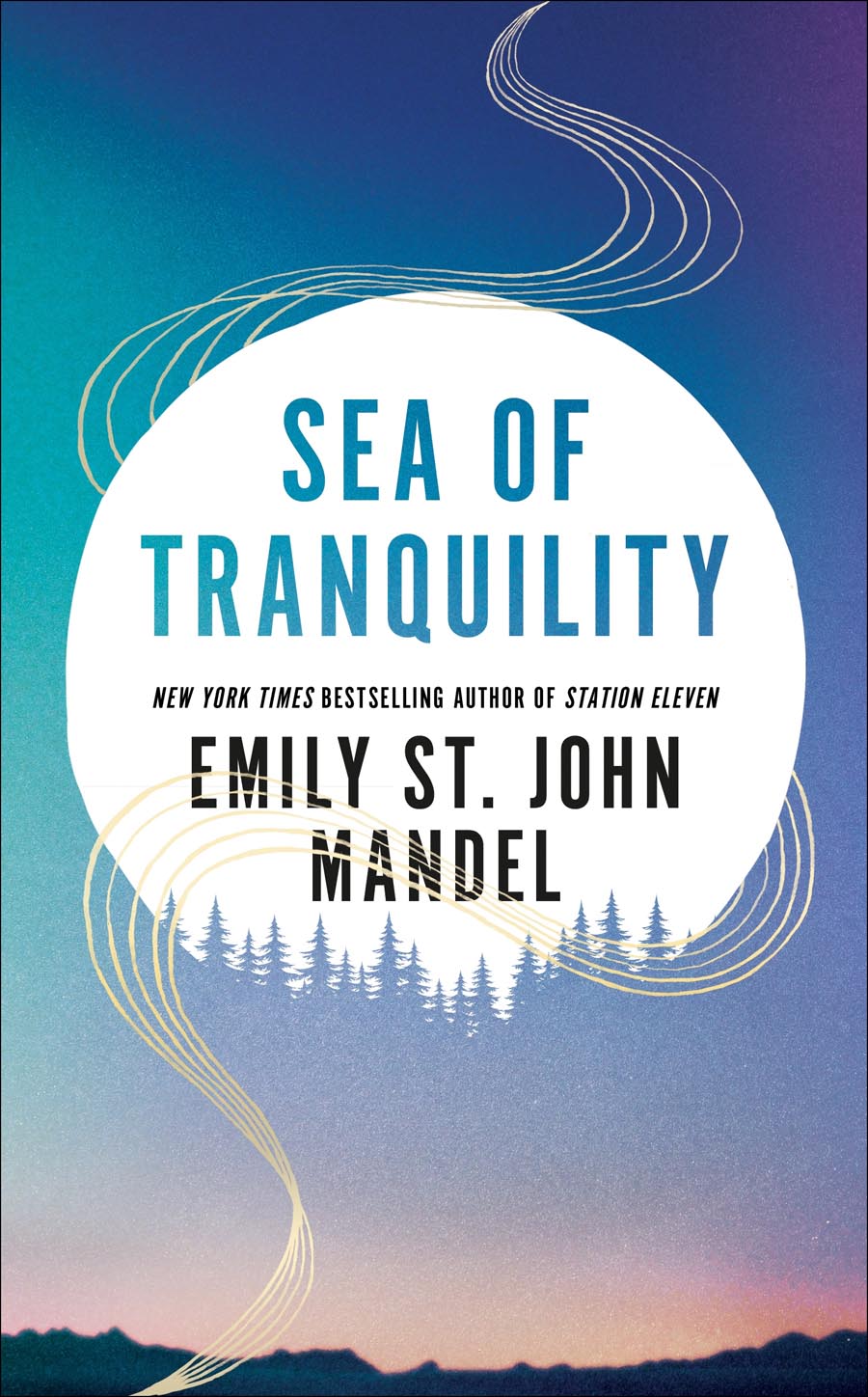Despite its grand scope, Sea of Tranquility has familial bonds and thought-provoking themes at its core, underlining Emily St. John Mandel’s status as a speculative virtuoso.
On the contents page of Sea of Tranquility (Pan Macmillan), the chapters are laid out with accompanying timestamps that straddle the centuries. It’s the reader’s first clue that this thing is big. The title itself is no coincidence either: much of the action takes place on Earth’s celestial neighbour (it turns out that we do colonise the moon after all).
But at no point do you feel left behind by St. John Mandel’s interstellar ambition. Whether she’s writing about an early 20th-century English dandy adrift in his Canadian exile, or a time-travelling investigator from the distant future, human relationships and motivations are in the engine room of this novel, making Sea of Tranquility eminently relatable and compelling.

That’s not to say that the book isn’t challenging; great speculative fiction probes the edges of our comprehension (the question of whether or not we are living in a simulation does take time to wrap your head around). But there’s no barrier for entry here, no lore that requires a previous investment. You’re plunged into the futures and pasts built by St. John Mandel and their mysteries are revealed with exquisite timing throughout.
There’s an event that connects these disparate characters — an inexplicable happening (a flash, a vision, a sound) that seems to uncover a tear in the fabric of time. Each episode (there’s a palindromic structure, with time moving from the early 20th century to the outer reaches of the future, before coming back to the present and reaching back into the past) introduces its own protagonist and how they’ve been affected by this event. When we reach the dawn of the 25th century, the novel’s overriding central character, Gaspery-Jacques Roberts, is introduced.
Gaspery is caught in a malaise of his own making. Searching for meaning in his own life on a far-flung colony on the moon, he approaches his sister, Zoey, for guidance and an opportunity to inject his life with fresh purpose. She works at the Time Institute — a powerful body that investigates anomalies in the ‘timeline’. After much cajoling, Gaspery enters the Time Institute fold — his ambition to be a time-travelling detective seemingly fulfilled.

In Gaspery’s investigation of the aforementioned ‘event’, he has pivotal interactions with Sea of Tranquility’s other major players — Olive, a famous lunar-based author of the 23rd century on an Earthbound book tour (which seems to be a playful meta-commentary on St. John Mandel’s own life on the road), Mirella, who’s desperate to understand what happened to her missing friend, Vincent, and Edwin, a misguided scion of an aristocratic family languishing in the wilds of Vancouver Island.
And while the action is intense on a cerebral level, its overarching themes: familial bonds (what you would do to protect your loved ones), the ongoing impacts of colonialism, disease and isolation, artistic pursuits, class, and gender — all have various impacts on the plot and development of the characters. This laundry list has every right to be messy, overly contrived, and didactic. Yet it all hangs together naturally, forming an earthly counterweight to the author’s adventurous flights of imagination.
Emily St. John Mandel’s control of plot pacing, her attention to detail in the building of her worlds, and the way she carefully divulges her characters’ motivations through dialogue and actions contribute greatly to the success of Sea of Tranquility. When you put the book down and reassess your experience from afar, its capacity becomes clear. But when you’re reading it, you’re simply carried away by its narrative power and thrilled by its originality.
Sea of Tranquility is out now via Pan Macmillan.



